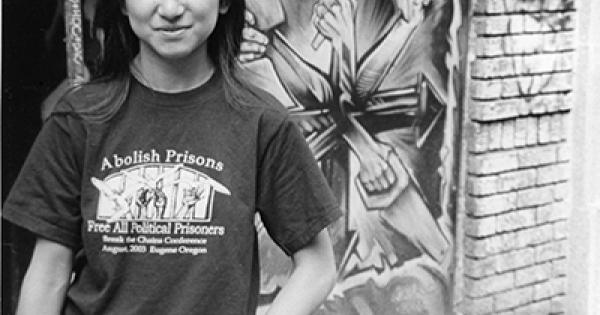
For example, during the Pelican Bay hunger strike, we saw women family members stepping to the forefront to speak about the conditions their loved ones have been enduring. Part of it is that support networks for men are different than for women (including trans women) behind bars. Part of it is that more attention is paid to men's jails and prisons - they do, after all, make up approximately 90 percent of those behind bars. If we hear about what's going on inside, it's usually framed as "these are the conditions," not "these are the conditions, and this is what people inside these jails and prisons are doing about it."Įven in 2015, prisoner resistance is still largely thought of as male.

Victoria Law: We don't hear very much about what's happening in women's prisons.


What are some of the factors that create and perpetuate this myth that women behind bars aren't "politicized" or engaged in resistance? Maya Schenwar: You discuss in the book how, when you first got interested in resistance within prisons and noticed a dearth of information about women's organizing, you were often told, "Women don't organize." I've definitely noticed that the actions that we hear most about (particularly in mass media, but even among outside activist communities) are focused on men.


 0 kommentar(er)
0 kommentar(er)
